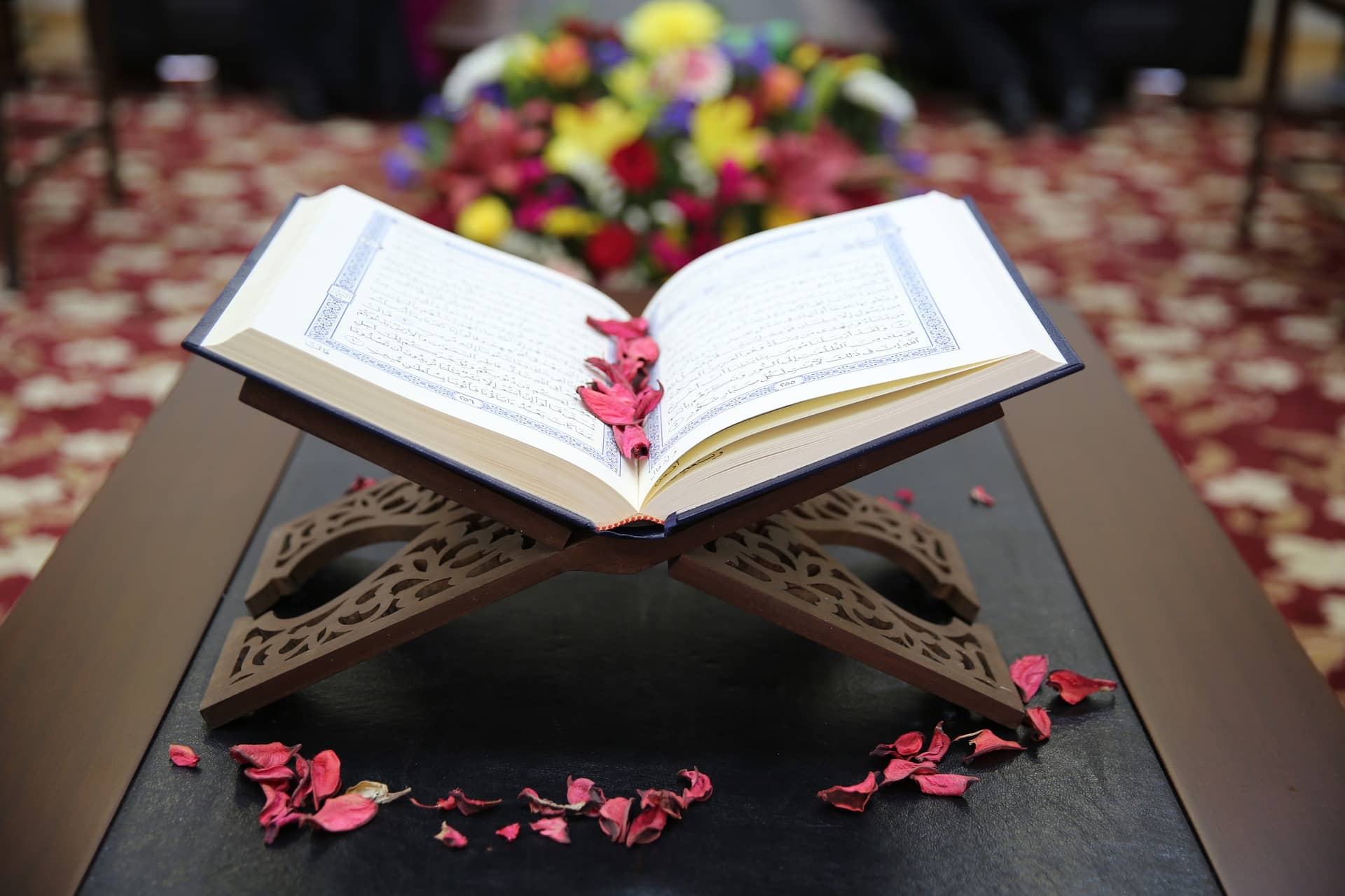
Pixabay.com
According to the account in the Quran, the miraculous Israa, or Night Journey, began when Gabriel visited Muhammad in Mecca before Muhammad and the Muslims emigrated to Medina. With Gabriel was a white animal that is often described as having the body of a horse and the head of a woman. Muhammad mounted the animal, called the buraq, and set off on a journey. The buraq could reach the horizon in one stride and so Muhammad’s journey was swift. Several times, Gabriel stopped the buraq and told Muhammad to pray. They stopped at Medina, Mount Sinai and Bethlehem, the birthplace of Jesus. Then, they reached Jerusalem where Muhammad met the prophets who came before him and led them in prayer. God explained that all the prophets before Muhammad went through difficult times when they were preaching to their people. At this time, Muhammad and the Muslims were being persecuted by those who practiced the native pagan religion of the region. Muhammad understood, and the other prophets acknowledged Muhammad as their leader.
The modern Al-Aqsa Mosque in Jerusalem is built on the site where it is believed that Muhammad and the other prophets prayed. This silver domed mosque is not far from the Temple Mount and Dome of the Rock in the modern city. According to Muslims, the Al-Aqsa Mosque in Jerusalem was meant to link Mecca, Islam’s birthplace and holiest city, with the land where almost every other prophet had lived, preached and died: Israel. The Al-Aqsa Mosque is one of the three Holy Masjids (mosques) in Islam. The other two are the Holy Masjid in Mecca and the Prophet Muhammad’s Masjid in Medina. One prayer in Al-Aqsa is said to be worth 250 prayers elsewhere, a prayer in the Prophet Muhammad’s Masjid is worth 1,000 prayers elsewhere and a prayer in the Holy Masjid is worth 100,000 other prayers. Prior to the Muslim emigration to Medina, Al-Aqsa was the qiblah, the direction Muslims face when praying.
After Muhammad led the other prophets in prayer, Gabriel offered Muhammad two cups and told him to choose to drink from one. One cup was filled with wine, the other with milk. Muhammad chose to drink the milk instead of the wine. Gabriel told Muhammad that if he had consumed the wine, his followers would later have gone astray.
The series of events that followed Muhammad choosing milk over wine is referred to as the miraj or Ascension. While he was still in Jerusalem, Muhammad stood on a rock and ascended into the lowest heaven. The famous gold-roofed Dome of the Rock was later built over top of this stone.
When Muhammad ascended into the lowest heaven with Gabriel, he met Adam and exchanged greetings. Muhammad then ascended into the second heaven where he met Jesus and John the Baptist. Once again the prophets spoke with each other, and Muhammad ascended to the next heaven. As Muhammad traveled through the heavens, he met Idris, Aaron and finally Moses. Moses then claimed that more of Muhammad’s followers would enter Paradise than Moses’ followers. In the seventh heaven, Muhammad met Abraham and saw the al Bayt al-Mamoor, the place where angels go to worship God, Muhammad also saw Sidrat al-Muntaha, the lote tree that marks the upper boundary of the seventh heaven and the lower boundary of Paradise and the realm of God. Underneath the tree were four rivers. Two of these rivers originated in Paradise, but nothing else is said about them in the story of the Ascension. The other two rivers were identified as the Nile and the Euphrates.
Muhammad then entered into the realm of God and stood before God Himself. It was then that God told Muhammad that Muslims were to pray 50 times a day. Muhammad accepted the command and left to return to Earth. On his way out of the heavens, Moses stopped Muhammad and asked what God had told the younger prophet. Muhammad said God had told him to have his people pray 50 times a day. Moses, however, recognized that people would never be able to live up to that expectation and told Muhammad to go back to God and ask for the number of prayers to be reduced. Muhammad listened to Moses and God decreased the number of prayers to 40. Again, Moses stopped Muhammad and asked what had transpired. When Muhammad told him, Moses sent Muhammad back to God to ask Him to reduce the number of obligatory prayers to something that humans would be able to uphold. Muhammad obeyed and went back to God. This continued until the number of daily prayers was reduced to the now famous five prayers a day.
Muhammad returned to earth and the buraq took him back to Mecca. When Muhammad told the people of Mecca about his incredible journey, many people did not believe him and mocked him. Some of the early Muslims, however, never doubted that something miraculous had taken place.
Isra Mi’raj is a celebration of these amazing events. Muslims believe that Muhammad is the only person to ever enter God’s presence. Muslims also use the phenomenon of the Ascension to emphasize the importance of prayer. Every other command from God was given on earth, but prayer was prescribed in heaven. It was in heaven that Moses used his greater experience to advise Muhammad and have the number of prayers reduced to five from 50. Had Muhammad not listened, there truly would be no end to the Call to Prayer for there would be no time for Muslims to do anything but pray, and even the most devout Muslim does still need to eat.

